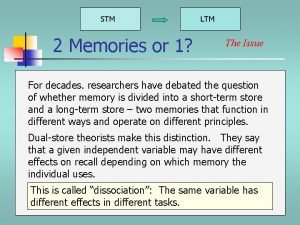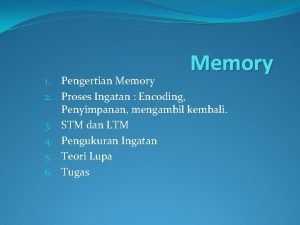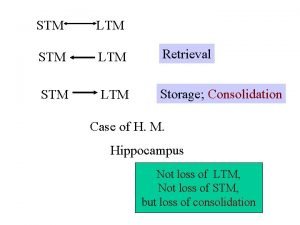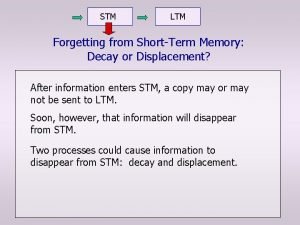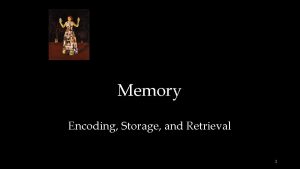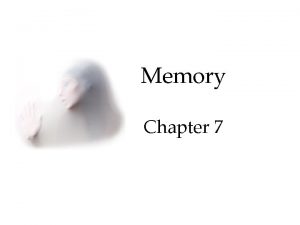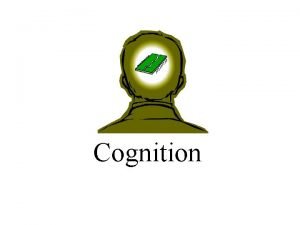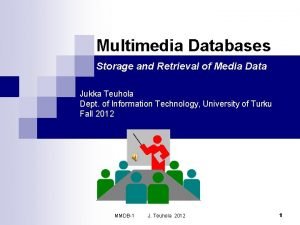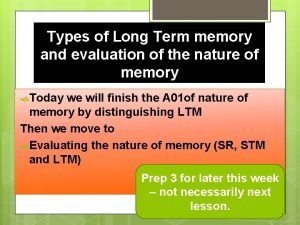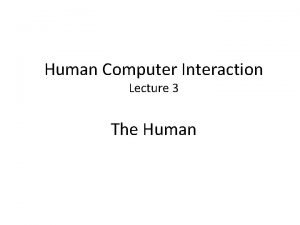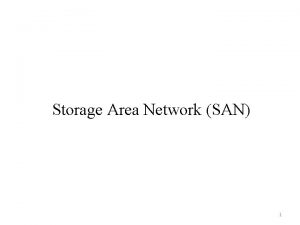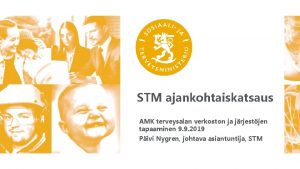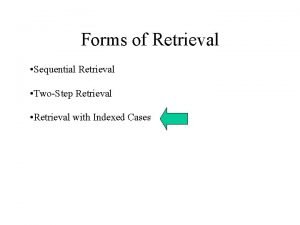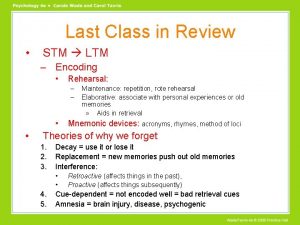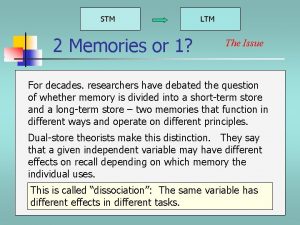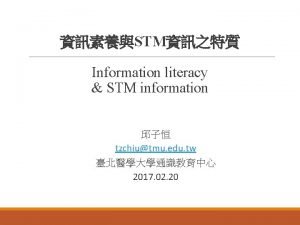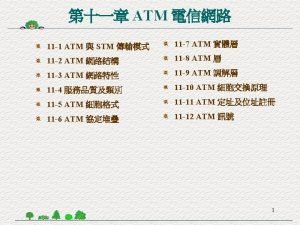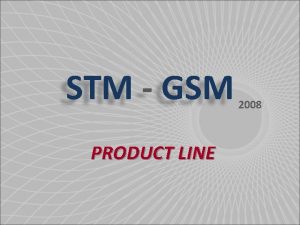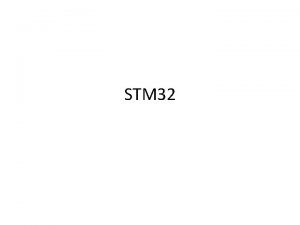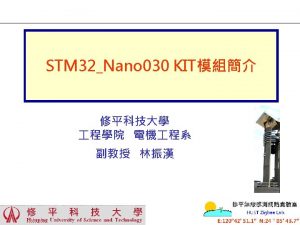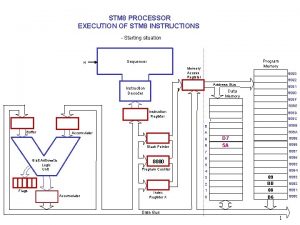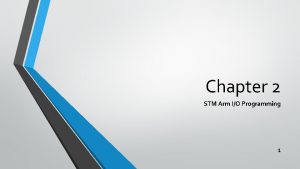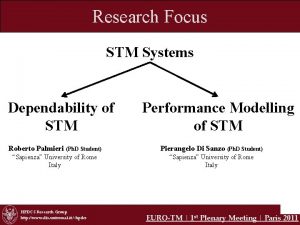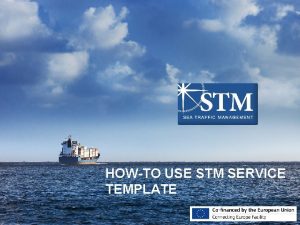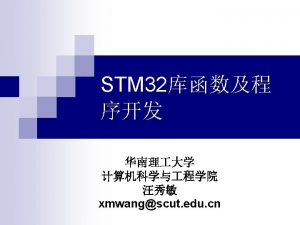STM LTM Retrieval STM LTM Storage Consolidation Case


















- Slides: 18

STM LTM Retrieval STM LTM Storage; Consolidation Case of H. M. Hippocampus Not loss of LTM, Not loss of STM, but loss of consolidation

Tolman: Cognitive Maps G St

Olton: Radial Arm Maze How? Intramaze (e. g. , smell food, scratch on floor) Extramaze (stimuli around the maze)

Choose 4 Then rotate maze * *

Which will they visit? Use extramaze cues Go to “space”, not arm * *

Morris: Water Maze Hence: “Spatial”, and not any single cue.

Morris: Water Maze Further tests: Probe trial

Role of Hippocampus in Spatial Learning Hippocampal Damage: Still get a little faster at finding platform Probe Trial: Shows no “spatial strategy

Role of Hippocampus in Spatial Learning If visible platform, do as well as normal Suggests role of hippocampus specifically in the “spatial” aspects of the water maze task

Configural Learning Hypothesis Spatial Learning is type of configural learning: response is based on > 1 cue Hippocampus and Configural learning: If Hippocampal damage, can do: discrimination, but not configual A—US B—US B— AB—

Integrating across experiences Rule learning (learning set) Strategies Win-stay Win-shift Strategy is then applied to new situations: More rapid learning of new (same strategy) task.

Hypothesis Testing New task: Try different hypotheses (strategies) If wrong, throw it out If correct, stick with it Leads to “step function” learning curves looks like “insight” 100 Percent Correct Trials

Concept Formation Concept: Category- a set of objects/events having common features/relationships Abstraction: How a concept is formed. Abstract (summarize) common features. Form prototype (composite average) based on experiences with specific exemplars (examples)

“Neural networks” and prototype formation Common assumptions: (note: preparedness: 1. Universal connectivity perhaps not “universal”) 2. Contiguity 3. Spread of activation

“Neural networks” and prototype formation Common assumptions: 1. Universal connectivity 2. Contiguity 3. Spread of activation 4 legs ears tail fur

Learning rule: Delta Rule 4 legs ears tail External input fur Internal input

Learning rule: Delta Rule Sensory neuron External input Sensory neuron E T Internal input ∆ synaptic efficacy ∆ Int = c (Ext - Int) REM: ∆V = c (Vmax - V)

Similar Ideas External Internal Vmax V Get Expect Sensory detection and activation of a node Retrieval Difference = Surprise
 Stm and ltm
Stm and ltm Perbedaan stm dan ltm
Perbedaan stm dan ltm The learning hypothesis
The learning hypothesis Stm ltm
Stm ltm Implicit memory types
Implicit memory types Encoding storage and retrieval
Encoding storage and retrieval Long term storage and retrieval
Long term storage and retrieval Long term storage and retrieval
Long term storage and retrieval Storage and retrieval technologies in multimedia
Storage and retrieval technologies in multimedia Data center strategy template
Data center strategy template Best case worst case average case
Best case worst case average case Jacobs 1887 digit span
Jacobs 1887 digit span Models of ltm - frames
Models of ltm - frames Uses rigid metallic platters
Uses rigid metallic platters Secondary storage vs primary storage
Secondary storage vs primary storage Unified storage vs traditional storage
Unified storage vs traditional storage Primary storage vs secondary storage
Primary storage vs secondary storage Ip over fc
Ip over fc Stm amk
Stm amk
